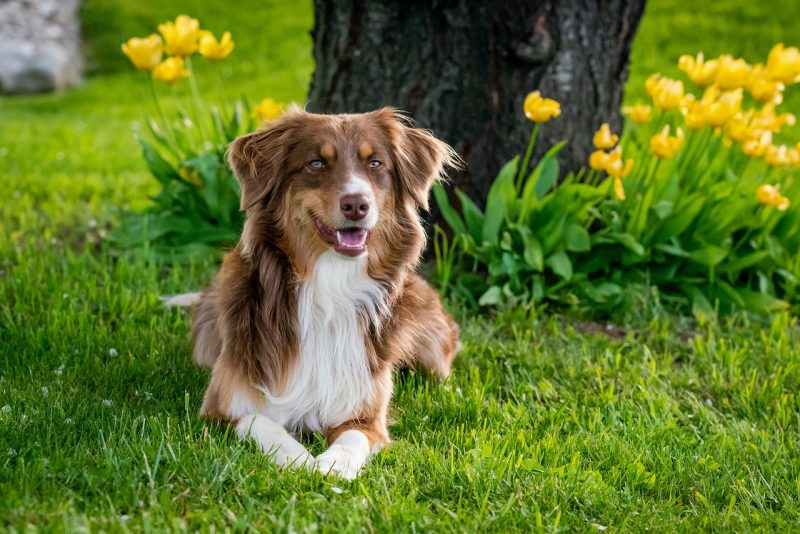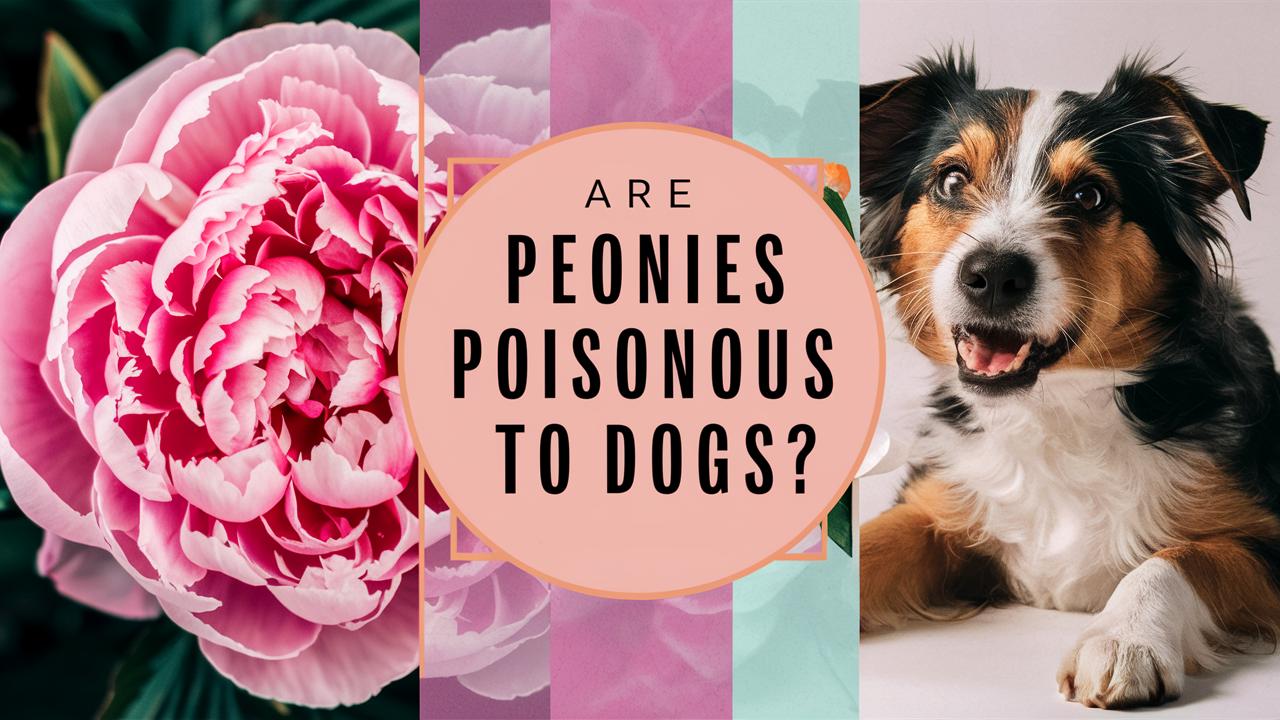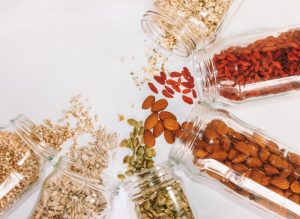In this guide, we’ll explore the relationship between dogs and peonies, breaking down the toxicity of these beloved flowers, the potential risks, and how to keep your pets safe.
Understanding Peonies: A Brief Overview

While the beauty of peonies is undeniable, it’s important to understand what makes them a potential concern for pet owners. One of the key substances found in all parts of the peony plant is paeonol, a compound that can have toxic effects on certain animals, including dogs.
The Toxicity of Peonies to Dogs

While peonies are not commonly noted as highly toxic plants, they do contain compounds that can lead to adverse effects in dogs. Paeonol, the active ingredient found within the petals, leaves, and stem, may cause gastrointestinal distress if ingested. Although the toxicity level is generally considered low, it is still significant enough to warrant caution among dog owners.
Signs of Peony Poisoning in Dogs
Should your dog decide to munch on peonies, monitoring for symptoms is essential. Common signs of peony poisoning in dogs may include:
Vomiting: This is the most prevalent reaction and may occur shortly after ingestion.
Diarrhea: Upset stomach can lead to loose stools and discomfort.
Lethargy: A dog that is unusually tired or lacks energy may be experiencing gastrointestinal distress from toxin ingestion.
Loss of Appetite: Dogs that feel unwell often refuse food.
Abdominal Pain: They may display signs of discomfort, such as whining or a reluctance to move.
If you observe any of these symptoms after your dog has been near peonies, it is vital to consult your veterinarian for guidance.
Pet-Proofing Your Garden: Preventing Poisoning

As any pet owner knows, prevention is key when it comes to the safety of our dogs. Here are some effective strategies for pet-proofing your garden against the potential hazards associated with peonies and other flowers.
1. Create a Designated Dog Area
One of the best ways to keep your dog safe in the garden is to establish boundaries. Designate a specific area for your dog that is free of potentially toxic plants like peonies. This space can include a play area with dog-friendly plants and plenty of toys to keep your furry friend occupied.
2. Use Fencing or Barriers
Installing fencing or using decorative barriers around your flower beds can serve as a physical barrier that prevents your dog from accessing the peonies. This can effectively minimize the risk of ingestion and allow you to enjoy your garden in peace.
3. Select Dog-Friendly Plants
Consider replacing peonies with dogs-safe alternatives that are also beautiful. Flowers such as marigolds, sunflowers, and snapdragons can add vibrancy to your garden without posing a risk to your furry companions.
4. Training and Commands
Teaching your dog commands like “leave it” or “no” can be invaluable. Training sessions that reinforce these commands can help discourage your dog from nibbling on the flowers in your garden. Consistency and positive reinforcement play a key role in making this training effective.
What to Do If Your Dog Eats a Peony
Despite our best efforts, accidents can happen. If you suspect your dog has eaten a peony, here are the steps you should take:
1. Assess the Situation
Determine how much of the peony your dog has consumed and which parts were ingested. Root, stem, and leaf consumption may have different implications for toxicity levels compared to ingestion of the flowers alone.
2. Monitor for Symptoms
Keep a close watch on your dog for any symptoms of poisoning as detailed earlier. It may take a few hours for signs of distress to appear, so be vigilant during this time.
3. Contact Your Veterinarian
If you notice any signs of gastrointestinal distress or illness, contact your veterinarian immediately. They can provide professional advice and may recommend medication or treatment, depending on the level of toxicity and symptoms displayed.
4. Do Not Induce Vomiting Without Guidance
It’s important to note that you should only induce vomiting if advised by a vet. Sometimes, inducing vomiting can cause more harm than good, depending on the substance ingested.
The Role of Paeonol in Canine Health

While we’ve highlighted the potential dangers of paeonol, it’s worth discussing the compound further. Historically, paeonol has been studied in various contexts, primarily for its anti-inflammatory and analgesic properties. This has sparked interest in the therapeutic capabilities of the compound, especially within the realm of herbal medicine.
However, it’s important to note that these studies often pertain to controlled doses and specific uses. The consumption of paeonol by dogs in the context of ingesting peonies is unregulated and should be approached with caution. Natural remedies can be beneficial, but they should be administered under professional guidance.
Other Plants That Are Harmful to Dogs

Understanding peonies and their effects on dogs serves as a reminder to educate ourselves about other plants that could be harmful. Some common garden plants and flowers to be cautious of include:
Azaleas: These beautiful flowering shrubs can cause serious gastrointestinal distress and, in severe cases, heart problems.
Lily of the Valley: This plant contains cardiac glycosides that can lead to serious health issues in dogs, including heart arrhythmias.
Foxglove: Similar to lily of the valley, foxglove contains compounds that can affect heart function and should be kept away from dogs.
Oleander: All parts of this plant are toxic, and even a small quantity can lead to severe reactions.
Sago Palm: This ornamental plant can cause liver failure in dogs if ingested.
Familiarizing yourself with the toxic plants prevalent in your area will help you create a safe environment for your beloved pet.
Conclusion: Keeping Your Dog Safe in a Floral Wonderland
As peonies burst with color in the gardens, we are reminded of the beauty they bring to our lives. But for dog owners, the question of their toxicity is paramount. While peonies are not classified as highly toxic to dogs, the presence of paeonol raises valid concerns about potential gastrointestinal distress following ingestion.





